The era of green energy is here. Studies show that the US currently produces three times more renewable energy than it did a decade ago, and the US Department of Energy anticipates that solar energy production will rise 75 percent by next year.
CIG Renewables, a subsidiary of holding company CIG, plays a critical role in this renewable energy revolution.
CIG Renewables’s mission to power the future
CIG Renewables is on an ambitious mission to supply 5GW of green energy by 2027. The company will do this by producing Bloomberg Tier 1 solar panels domestically as well as developing extensive solar farms in Texas.
Charles Carey, co-founder of CIG, developed this goal to propel the renewable energy sector into the future. “I wanted to leverage our expertise and project development and finance to help supply the world with green energy,” he says. “I saw the opportunity to create a new kind of company — one that ushers in environmental sustainability while triggering economic growth at the same time.”
“While the specifics of CIG Renewables’ projects remain confidential, the company primarily focuses on solar energy and renewable energy storage solutions. “We are also actively exploring additional opportunities in the renewable energy sector,” Carey says. “Our existing solar-panel manufacturing plants are indeed equipped to expand into other renewables as the market demands.”
In particular, CIG Renewables is working to create a more reliable and resilient power system by supporting the integration of micro and macro grids.
Micro versus macro grids for solar power
CIG Renewables does not directly own micro or macro grids, yet its projects are designed to interface with existing grid infrastructure. According to Carey, the most advantageous grid systems integrate both micro and macro grids.
“Microgrids make renewable energy available on a small, local scale,” Carey explains. “For instance, they can fuel a facility or university campus. They take advantage of local resources and meet local needs for energy production. In contrast, macro grids span vast geographical areas and draw power from a wide variety of renewable energy sources.”
Both kinds of grids have different weaknesses. According to Carey, since macro grids are major infrastructure projects, they also come with major regulatory hurdles. Microgrids aren’t possible everywhere, however. For instance, densely populated urban areas don’t have the space for wind or solar farms, which require large tracts of land.
That’s why Carey describes the relationship between micro and macro grids as “symbiotic” and supports deploying both kinds of grids in tandem.
Integrating micro and macro grids for reliable power
“Connecting microgrids to macro grids allows for the best of both worlds,” Carey explains. “Microgrids provide an efficient way of getting renewable energy into the pipeline, while macro grids are essential to funneling the power where it’s most needed.
“If the local microgrid produces more energy than the local users need, they can feed it to the macro grid. However, if the microgrid’s production slows down, the macrogrid can supplement energy from other places. That keeps supply at an acceptable level.”
Having a microgrid also protects users if something happens and the macrogrid goes down. “Microgrids can disconnect and provide energy to their local users,” Carey explains. “This is known as ‘islanding.’”
For example, Carey points to the widespread power outage in Texas in February 2021. “Having microgrids integrated with the macro grid would have helped keep the electricity on,” he says. “This configuration enables even small communities to become more energy independent.”
Ultimately, for renewable energy to become successful, it must become as robust and dependable as the existing fossil-fuel-based power grid. “It’s vital to ensure a continuous supply of electricity,” Carey explains. “By using both micro and macro grids for renewables, we can do this. At the same time, this approach decreases expenses through increased efficiency. That makes renewable energy even more viable economically.”
Meeting the power demands of the 21st century
“The path to a sustainable energy future will require a balanced and integrated approach that leverages the strengths of both micro and macro grids,” Carey says. “That’s how we can create a robust and flexible energy infrastructure capable of meeting the diverse and growing demands of the 21st century. Without such solutions, however, a clean energy future may remain out of reach.”
CIG Renewables is an important part of the transition toward clean energy. It leverages creative and reliable finance strategies to develop high-quality, efficient, and reliable sources of renewable power. In this way, the company promises to make its mark on the future of American power.
“By investing in renewable energy, we’re investing in a better world,” Carey says.
